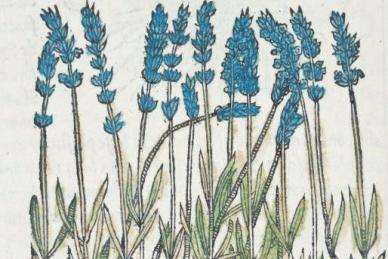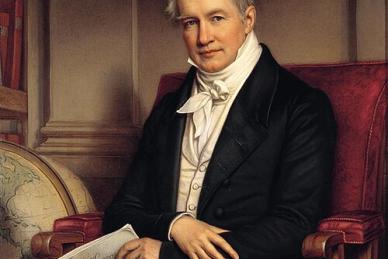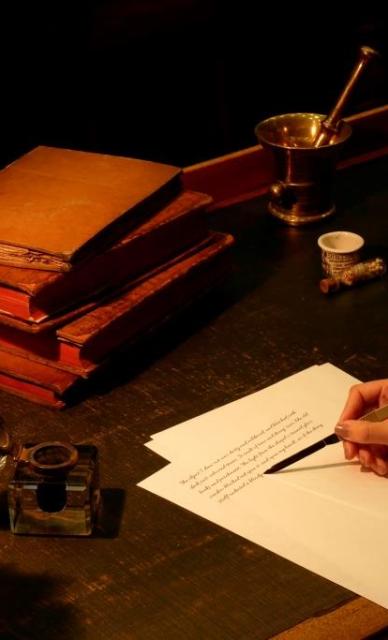Physicians' Gallery Newsletter
Updates on upcoming events, exhibitions and online stories
Empowering medical excellence, shaping healthcare futures.
Queer ecology is an area of study that focuses on the ways that the ecological world is queer. The study affirms that queerness is a part of the natural world, and that plants and animals don’t always conform to societal norms and binaries.
Lavender has historically been associated with the queer community.
Shades of purple began to be associated with queerness in Western culture with their reference in the poems of 7th century BC poet Sappho.
In 1930s America however, “lavender” was used in a derogatory way towards gay men. After Abraham Lincoln’s biographer described one of the president’s friendships as containing a “streak of lavender”, men that were, or appeared to be, queer were taunted for having a “dash” or “streak” of lavender.
In the 1950s, the president signed an order which became known as “The Lavender Scare.” The order was part of a witch hunt for queer federal employees, where around 5,000 workers lost their jobs.


At the end of the 1960s the term was derogatively applied to lesbians by Betty Friedan, president of the National Organisation for Women. Friedan thought that lesbians were a threat to the feminist movement – calling the group “Lavender Menaces.”
At the 1970 Second Congress to Unite Women, a group of lesbian feminist activists stormed the stage wearing purple T-shirts with “Lavender Menace” printed on the front.
The protest was successful and marks a turning point in history, at the next NOW conference the organisation amended their stance to include lesbian rights within feminism.
Lavender can be found amongst many other interesting plants in our physic garden.
Alexander von Humboldt (1769 – 1859), is sometimes seen as “the father of ecology.” Humboldt has more than 300 places, species, and natural features named after him. His influence can be seen in all of the sciences, significantly he also had a major influence on Charles Darwin’s work.
There is also recent research that suggests he was queer. Humboldt had many close relationships with men, and although many letters are lost, some remaining ones between himself and others hint towards a romantic nature. For example, he expresses his feelings towards Reinhard von Haeften in a letter, saying that “other people may have no understanding of” how much he wanted to see him, his “precious Richard” who he travelled with for two years and lived with him and his fiancée for six months.
He then travelled for five years with Aimé Bonpland. Humboldt is reported to have had a long-term relationship with a “servant” in his house named Johanne Seifert. In his will, Humboldt left his entire estate to Seifert.
During his lifetime, laws on homosexuality would have meant it unsafe for Humboldt to be open about his sexuality.

Written by Rachel Howarth who identifies as queer and recently received her MA in Fine Art from the University of Edinburgh.

Updates on upcoming events, exhibitions and online stories